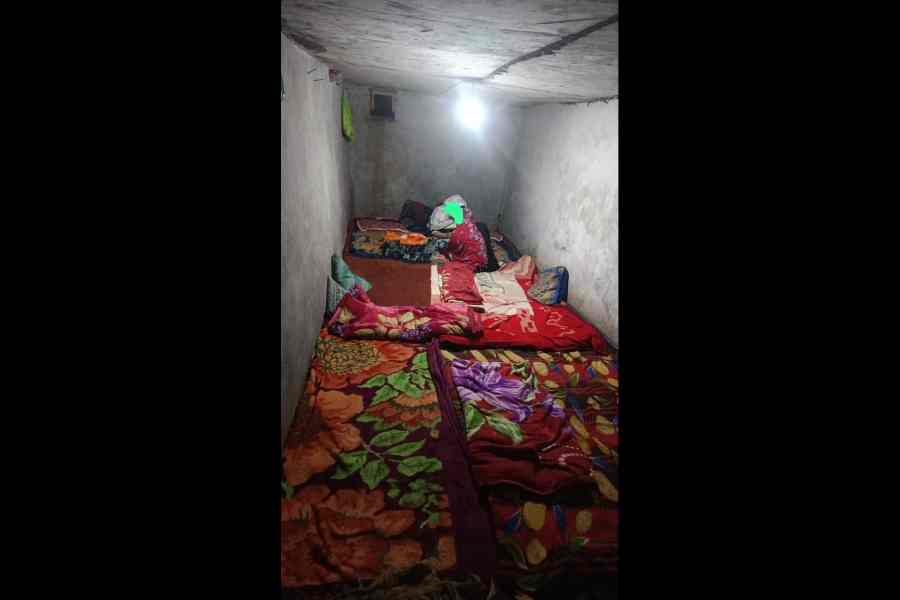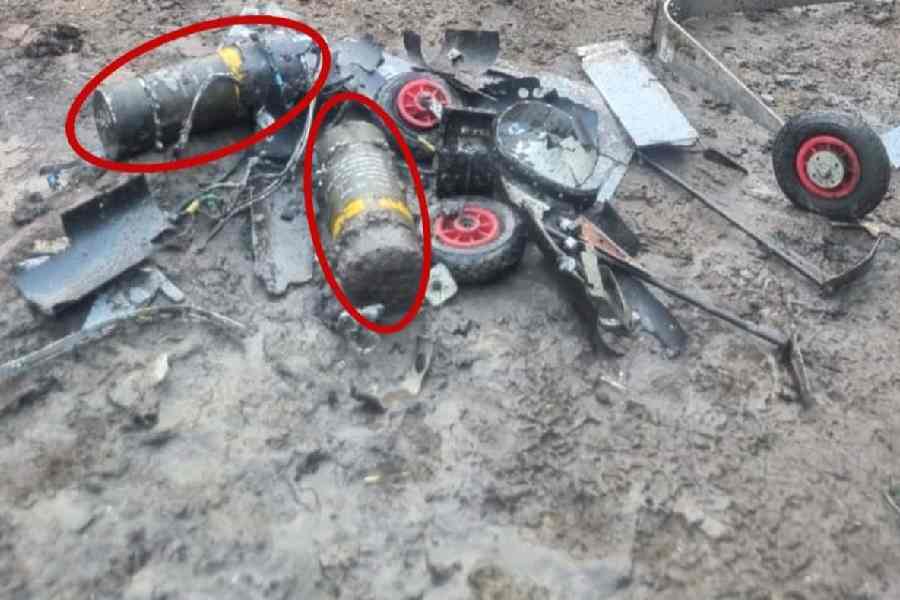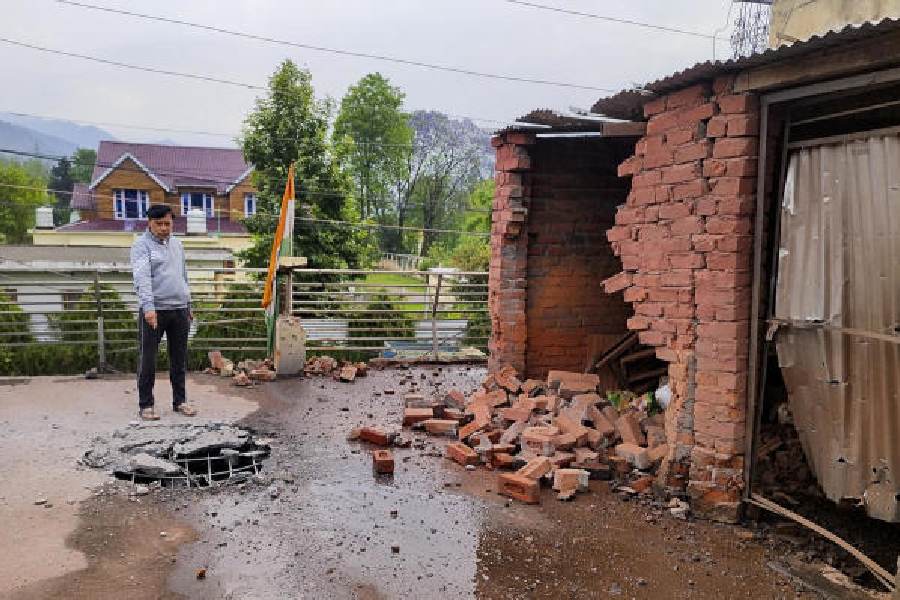 |
| The road to Tholung monastery. Picture by Prabin Khaling |
Gangtok, Jan. 28: Adoption over, the apex body of tour operators in Sikkim along with a local NGO will now train youths from Dzongu to promote the Lepcha reserve as a village tourism product.
The Travel Agents’ Association of Sikkim (TAAS) had adopted Dzongu, 70km from here, to promote village tourism based on Lepcha culture and organic lifestyle before high-end visitors.
The association had said it would also impart tourism know-how to the local stakeholders.
As part of the practice, TAAS inked an agreement with the Tholung-Kessung Eco-Tourism Development Society (TKETDS) last week to exploit the tour potential of Bay, Tholung, Pentong and Sakyong in Dzongu, North Sikkim.
According to the agreement, TAAS will be assisting in skill development and capacity building trainings along with government and non-government agencies to upgrade the local services to attract visitors.
The Tholung monastery is one of the prime attractions that the TKETDS has proposed to promote with TAAS.
It is believed that the monastery was founded in the late 18th Century to preserve valuable Buddhist manuscripts and sacred relics of Sikkim.
Every three years during spring, the Tholung treasures are displayed and believers from across the state come for a glimpse of the ancient scripts.
According to the agreement, the TKETDS will help sensitise the villagers to ensure that the trek operators and tourism stakeholders collect the garbage thrown by the trekkers along the route to the monastery and dispose them properly.
Members of TAAS have said they will ensure that the youths of Dzongu are employed as guides, cooks, and porters.
 |
| Tholung monastery in Dzongu. Picture by Prabin Khaling |
Although the concept of village tourism was introduced in the area few years ago, the idea has recently caught the interest of TAAS, with the local youths coming up with homestays, a facility to accommodate tourists in the villagers’ houses.
The president of the association, Lukendra Rasaily, said TAAS had initially proposed to promote Dzongu as a whole. But it was not feasible considering the vastness of the area.
“Dzongu is an undisturbed and ecologically sensitive area that can fetch high-end tourists. We had initially thought of promoting the entire region but it is a vast area with isolated villages. Hence we planned to encourage local tourism committees in each village,” he said.
TAAS is also planning to sign similar agreements with the local committees of Lingdum-Barfok, Passingdong-Lingtem, Tingvom and Hee-Gyathang to promote these areas.
“It takes at least two years to create, develop and promote a tourism product. We will be participating in international tourism fairs where we will distribute brochures on Dzongu. Our 250-odd members will also try to include Dzongu in the itinerary planned for tourists visiting Sikkim,” Rasaily said.
Currently, there are seven homestays in the Lepcha reserve with a capacity for fifty visitors. “Hence, we will first go for small-scale marketing,” he added.
According to the president of the TKETDS, Neema Lepcha, the villagers have realised the potential of tourism as a source of additional income. “We will be learning from the members of TAAS how to develop homestays and attract tourists,” said Lepcha.
He added that the organisation has received support from the villagers of Sakyong-Pentong to promote tourism.










